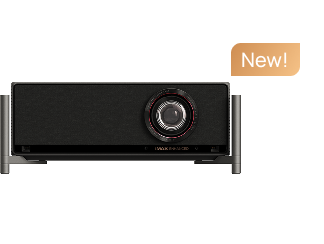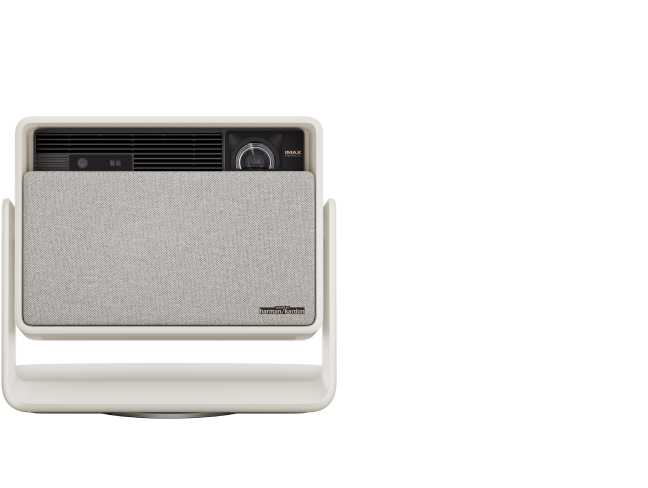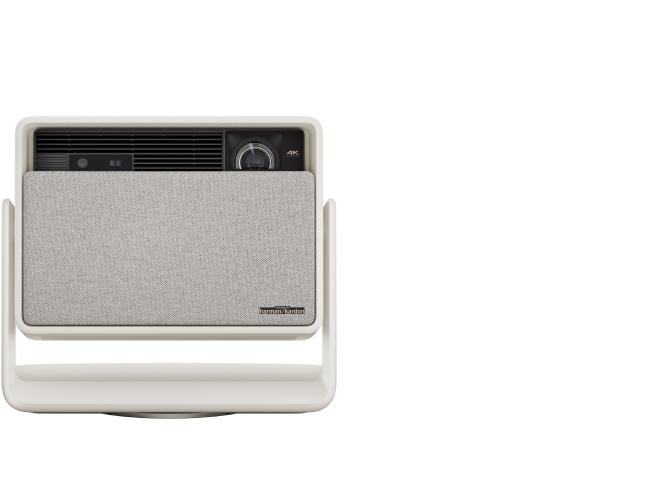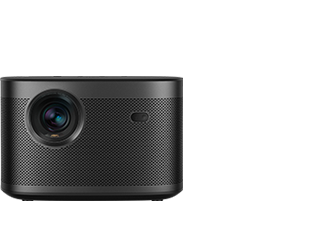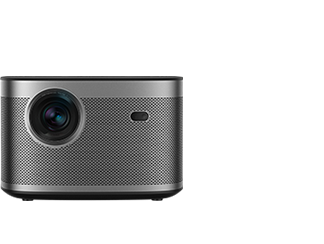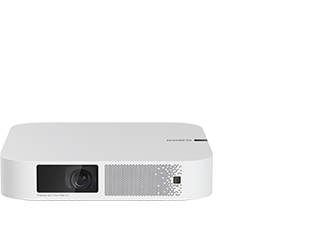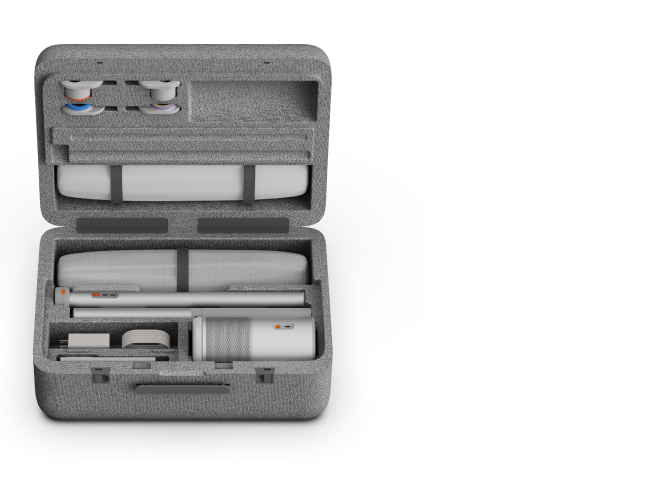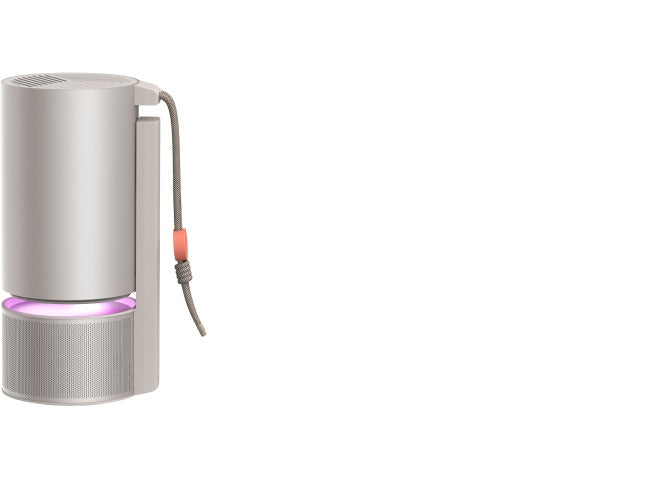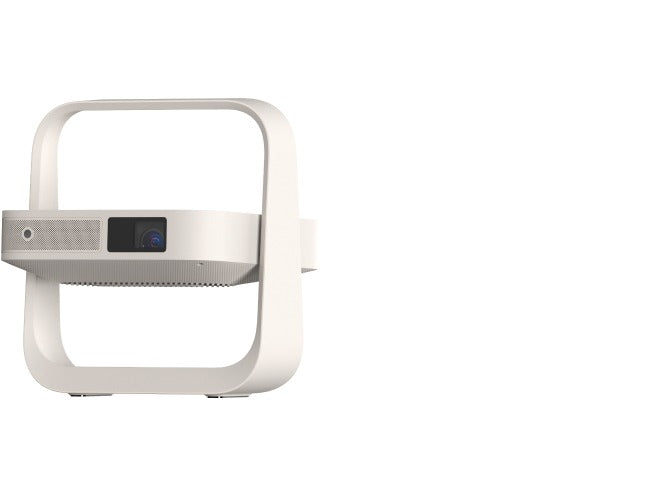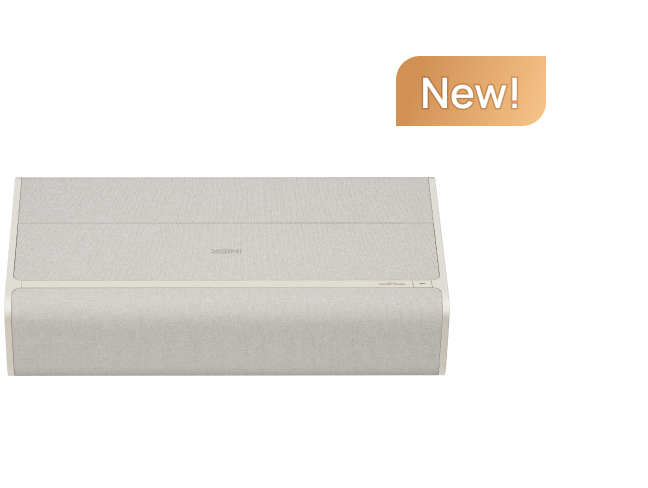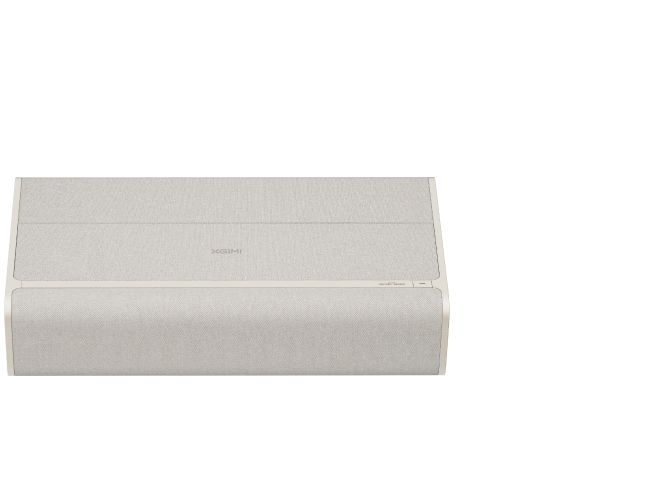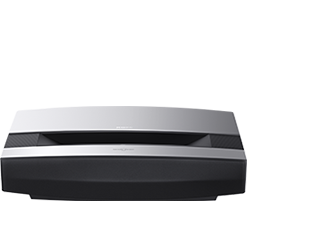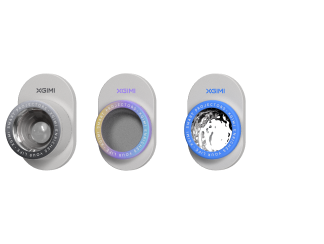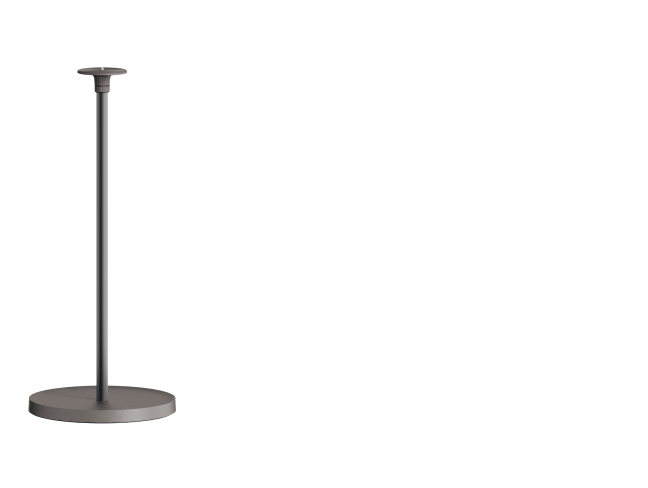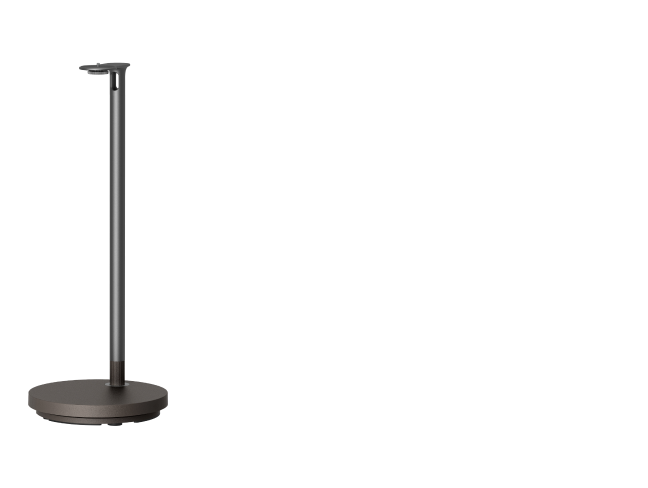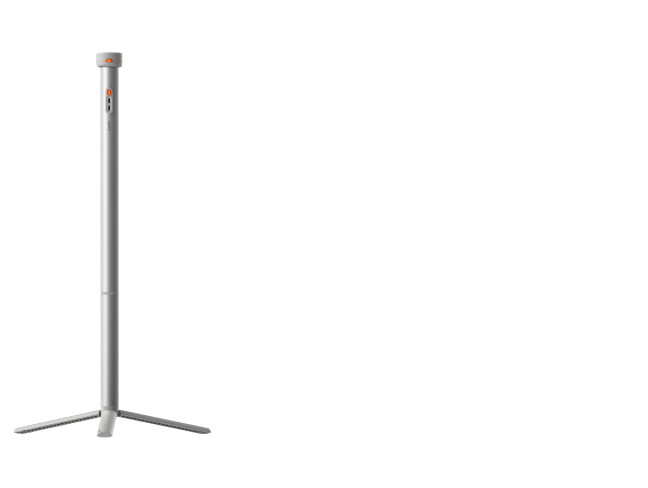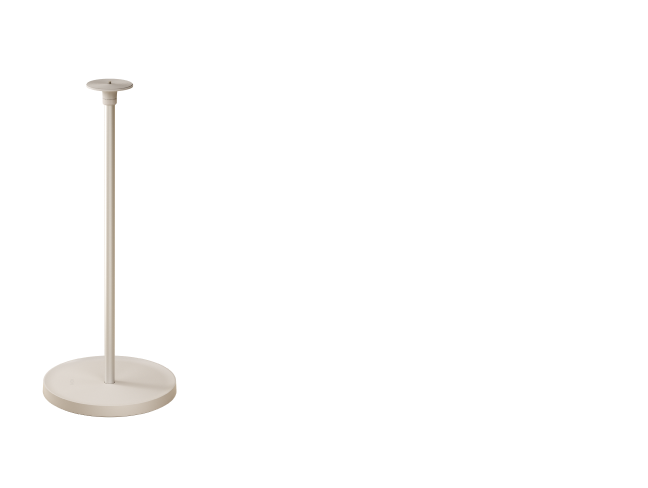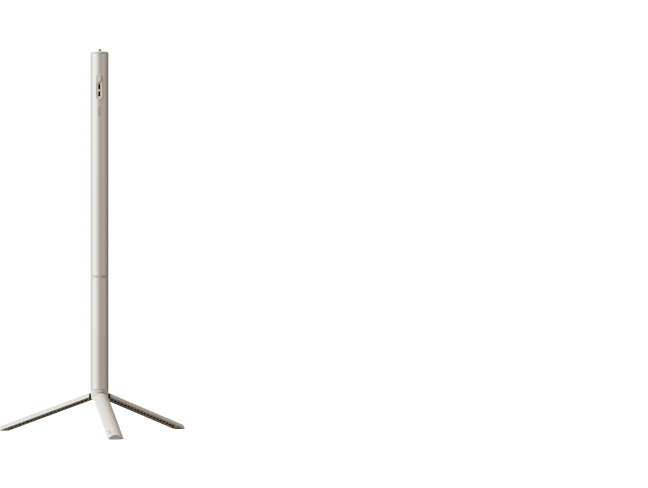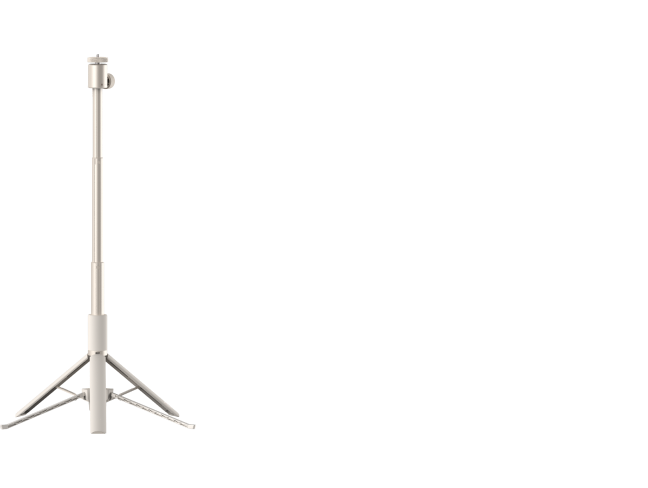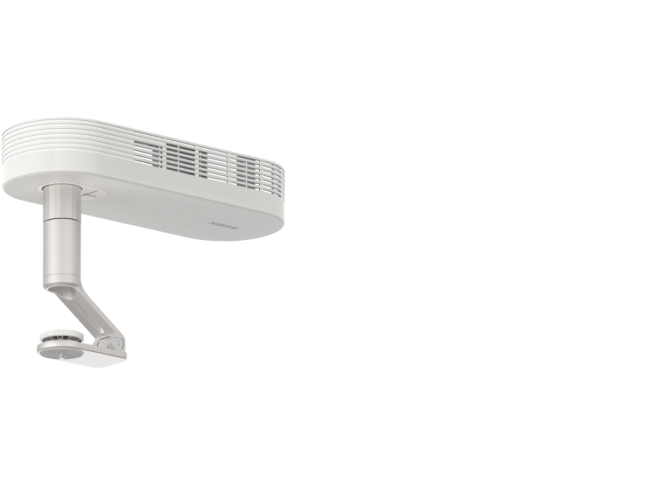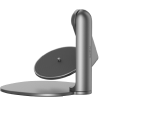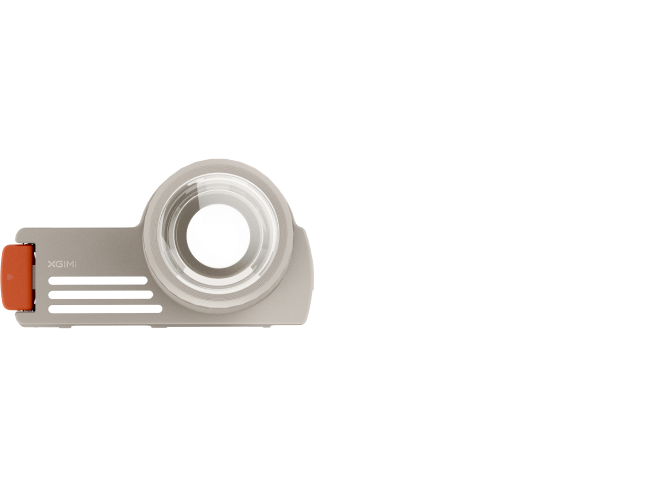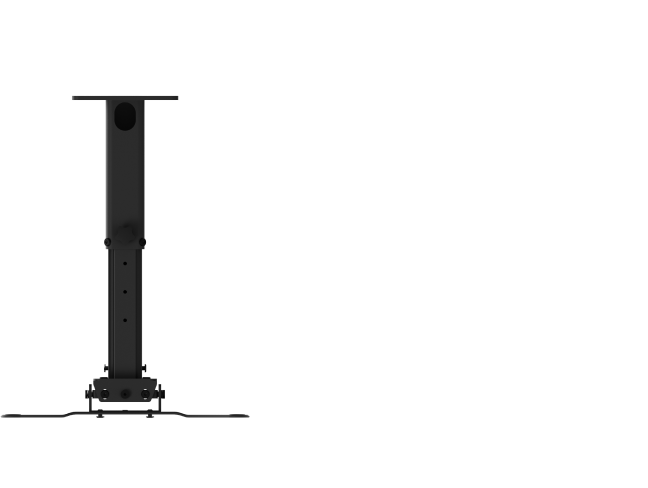Three Basics about Laser Projector: What, How, and Why
By XGIMI Tech - 2024-8
The laser projector is one of the marvels of contemporary projection technologies due to its outstanding performance. We know how dramatically technology has altered our movie-watching, live sports streaming, professional presentations, and gaming experiences. However, have you ever had a full understanding of it, and considered how it operates? We will explain four basic things about laser projectors that you should know in this post.

What is a Laser Projector?
Just as its name says, laser projectors use lasers to throw pictures onto displays, which is a new tech of light source. One of the biggest benefits is that they never require new filters or bulbs, thus having a longer lifespan. For any projector to produce the image you see on screen, a light source is needed. There are other ways to accomplish this, but the laser method is the one that is becoming more and more popular. In many of our projectors for home theater, business, and education applications, a durable semiconductor laser serves as the light source in place of the conventional projection bulb.
Laser projectors are used in home theater, gaming, and professional presentations. They are better in terms of contrast and brightness in dimly lit areas. Conventional laser projectors can be used in brighter situations. More vivid hues are possible with a larger color pallet. They stay longer since they do not require light bulbs.
How Does a Laser Projector Work?
A laser projector projects images onto your screen by using light that is deflected off of a chip and then multiplied and focused by lenses. It employs laser light in primary colors, providing less wasted light than a typical one, which projects white light via a color filter to create the colors in your image.
Primary-colored lasers are used in place of white light bulbs in laser projects. After that, the light is dispersed, strikes a chip, and is focused and amplified by a group of lenses. Red, green, and blue lasers are used in the perfect setup.
In some types, a blue laser and a red LED are combined, and the blue laser light is converted to green light using a phosphor. There is always less light wasted. Since laser beams are concentrated in a single direction, no light is lost in transit and just the necessary light is created.
In other words, less energy is used to create the same image. That results in less heat being created as well as less power being squandered. In addition to having a longer lifespan than standard lightbulbs, lasers also beam light instantly after warming up.
Why Do You Need a Laser Light Projector?
Laser projectors provide some significant advantages over outdated light technologies. We've examined the distinctions between laser projector vs lamp to present three aspects of it.
Better Brightness and Color for High-quality Display
High brightness levels are a well-known feature of laser projectors. They are perfect for presentations, schools, and huge arenas since they can produce vivid and clear images even in well-lit areas. Also, laser projectors can produce more bright colors and hence improve the viewing experience by covering a larger color spectrum for excellent display.
Efficient Operation for Easy Start and Use
Laser projectors start and stop virtually instantly, in contrast to classic projectors that need warm-up or cool-down times. This has advantages that go beyond simply consuming less energy. It takes some time for a light projector to warm up to its ideal operating temperature. In contrast, a laser may activate instantly upon pressing a button. This instant on/off functionality is very helpful when brief presentations are required, which greatly improves efficiency and saves time in meetings or classes.
Long lifespan for Reduced Maintenance Cost and Environmental Protection
Laser projectors have a longer lifespan than typical lamp-based types. Because they are resistant to issues like flickering or color deterioration, they provide more dependable and constant performance. Consequently, users reap the benefits of reduced maintenance requirements and related expenses throughout the extended lifespan.
Compared to conventional bulbs, laser light sources are often more energy-efficient, resulting in decreased power usage and perhaps cheaper electricity costs. Laser projectors are more ecologically friendly since they emit less heat and noise and don't contain dangerous components like mercury.
XGIMI AURA 2 (New) Best Ultra Short Throw Laser Projector
FAQs about Laser Projectors that You May Care About
Do laser projectors need a specific kind of screen?
Standard white cloth or wall may be used with the laser projectors, you don’t need to buy a special screen for them. If they are utilized in a space with a lot of natural light, they could benefit from a screen that blocks off background light.
Does the brightness of laser projectors reduce with use?
A laser projector's brightness may decrease with time. However, it still has a longer lifespan than normal this usually occurs when the projector is not utilized sufficiently or when its settings are not maintained up to date.
Product Recommendations
Just Play,
Your Way
Google TV Smart 1080p Projector On-the-Go

Mini Size,
Maximum Entertainment

Mini Remote Control
Enjoy $10 off Your Next Purchase
Be the first to know about any news and sales!





